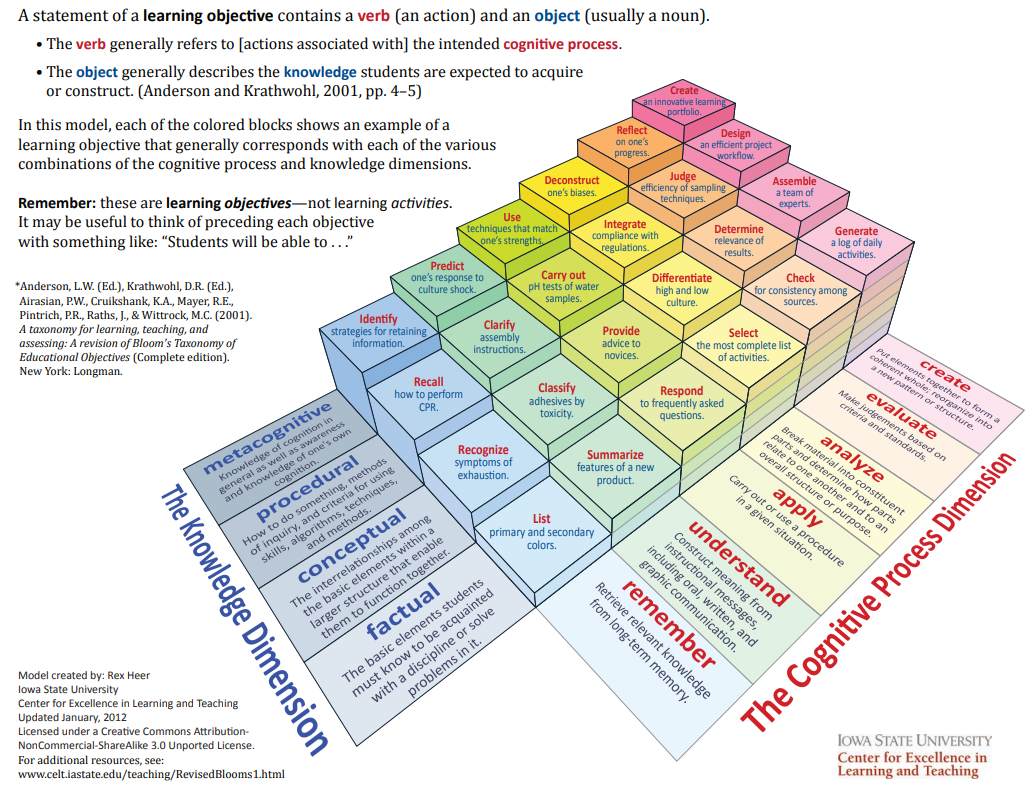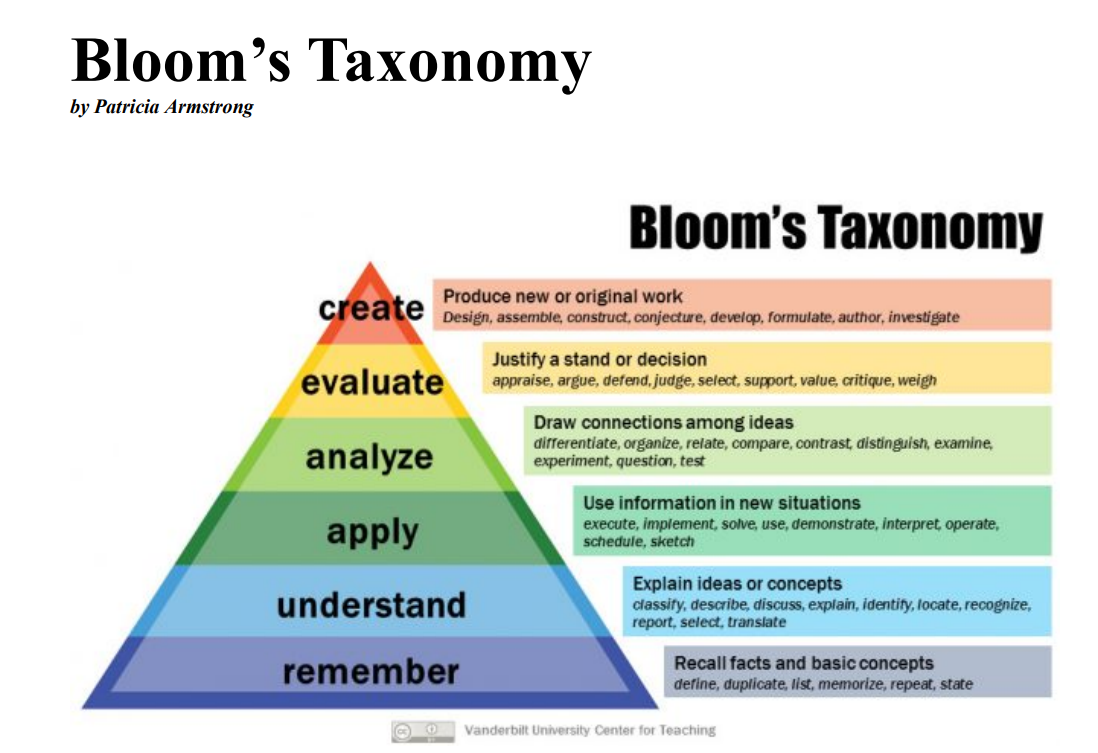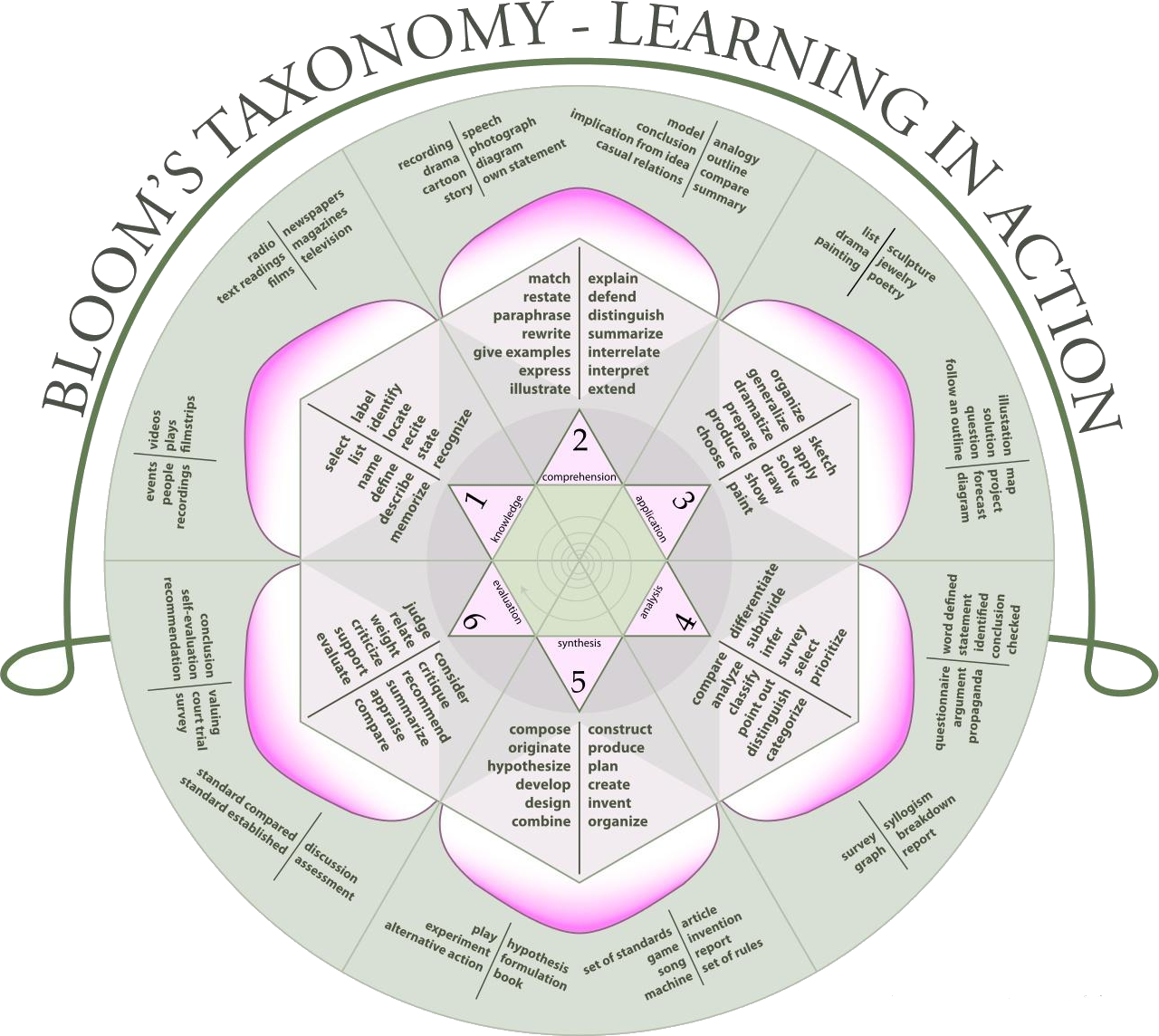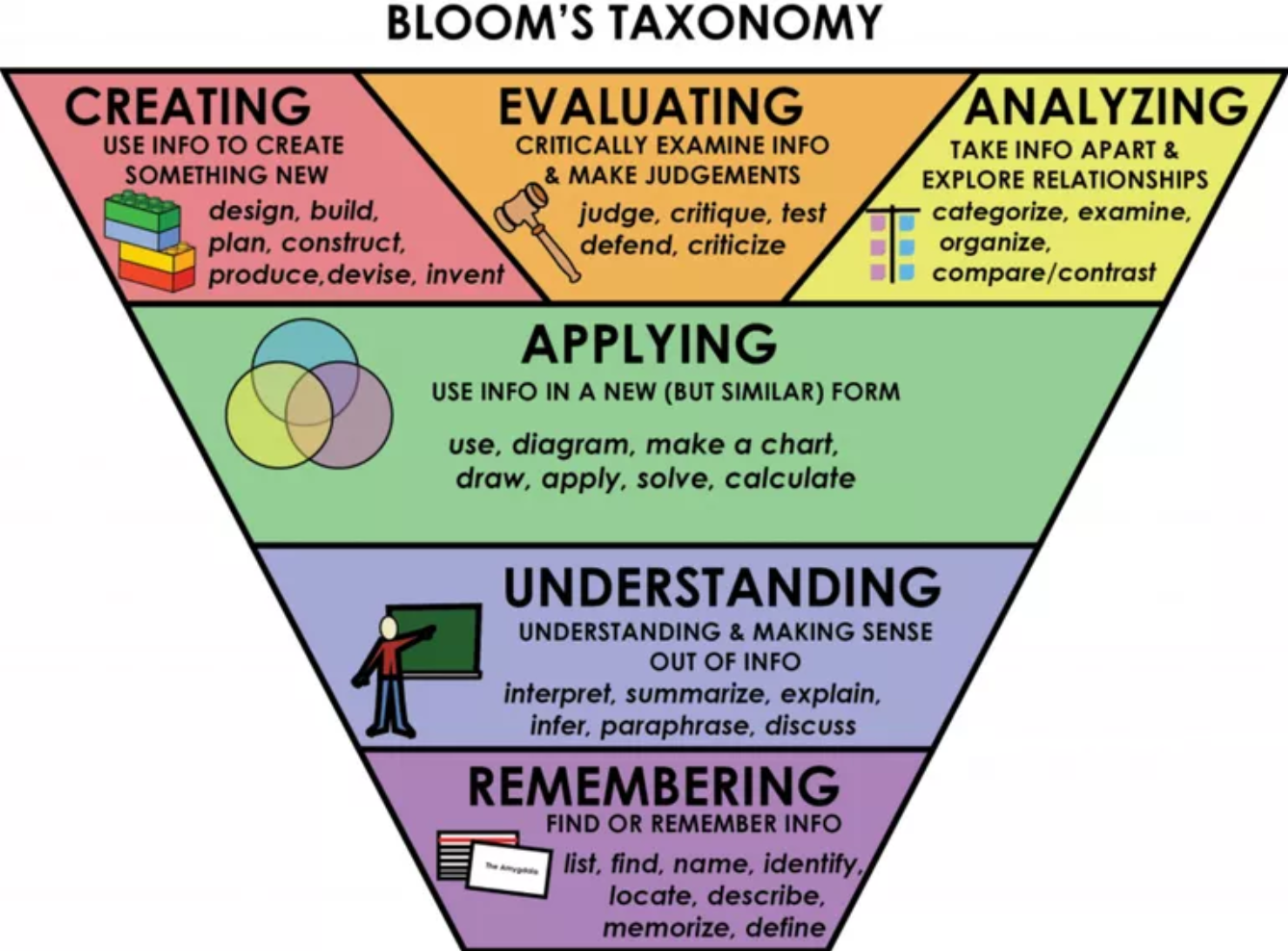cpp: read .dat file
/// <summary>
/// 打开DAT 文件
/// </summary>
void operatefile()
{
char data[100];
const char* fname = "afile.dat";
// 打开文件.
ofstream outfile;
outfile.open(fname,ios::app); //从文件尾添加 ios::in
if (!outfile)
{
cout << "文件不存在!" << endl;
ofstream fout(fname); //创建文件
}
cout << "写文件" << endl;
cout << "输入姓名: ";
cin.getline(data, 100);
// 写入.
outfile << data << endl;
cout << "输入年龄: ";
cin >> data;
cin.ignore();
// 写入.
outfile << data << endl;
// 关闭文件.
outfile.close();
// 打开文件.
ifstream infile;
infile.open("afile.dat");
cout << "读文件内容:" << endl;
for (int i = 0; i < 4; i++) {
infile >> data;
//
cout <<"姓名:"<< data << endl;
//
infile >> data;
cout <<"年龄:"<< data << endl;
}
// 关闭文件
infile.close();
}
人们认识事物有两个途径,一种是通过直接实践获取经验,称为直接经验;另一种是通过间接实践获取经验,称为间接经验。
布卢姆在《教育目标分类学》中认为知识是“对具体事物和普遍原理的回忆,对方法和过程的回忆,或者对一种模式、结构或框架的回忆”,这是从知识所包含的内容的角度说的,属于一种现象描述。
从哲学认识论的角度,《中国大百科全书》“知识”条目是这样表述的:“所谓知识,就它反映的内容而言,是客观事物的属性与联系的反映,是客观世界在人脑中的主观映象。就它的反映活动形式而言,有时表现为主体对事物的感性知觉或表象,属于感性知识,有时表现为关于事物的概念或规律,属于理性知识。
联合国经济合作与发展组织(OECD)在《以知识为基础的经济报告》中,将知识分为四大类:
第一类是知道是什么的知识,即知事(Know-What,又称事实知识),指的是关于历史事实、经验总结、统计数据的知识。
第二类是知道为什么的知识,即知因(Know-Why,又称原理知识),指的是那些自然、社会和人的思维运动的法则、规律等科学知识。
第三类是知道怎样做的知识,即知窍(Know-How,又称技能知识),是指做某些事情的技巧和能力。
第四类是知道是谁的知识,即知人(Know-who,又称人力知识),指的是人际关系的知识。
其中前两类知识属于显性知识,而后两类属于隐性知识。
double timeSquare()
{
clock_t start, end;//定义clock_t变量
double t;
DWORD t1, t2;
t1 = GetTickCount();
start = clock();//开始时间
funcSquare();
end = clock();//结束时间
cout << "time = " << double(end - start) / CLOCKS_PER_SEC << "s" << endl; //输出时间(单位:s)
t2 = GetTickCount();
cout << "time = " << ((t2 - t1) * 1.0 / 1000) << "s" << endl; //输出时间(单位:s)
t = double(end - start) / CLOCKS_PER_SEC;//((t2 - t1) * 1.0 / 1000);//
return t;
}
double timeFunc()
{
clock_t start, end;//定义clock_t变量
double t;
start = clock();//开始时间
DWORD t1, t2;
t1 = GetTickCount();
func();
end = clock();//结束时间
cout << "time = " << double(end - start) / CLOCKS_PER_SEC << "s" << endl; //输出时间(单位:s)
t2 = GetTickCount();
cout << "time = " << ((t2 - t1) * 1.0 / 1000) << "s" << endl; //输出时间(单位:s)
t = double(end - start) / CLOCKS_PER_SEC;//((t2 - t1) * 1.0 / 1000);//
return t;
}
void funcSquare()
{
int square,i,odd,n;
n = 100;
odd = 3;
i =1;
for (square = 1; i <= n; odd += 2) {
printf("%10d%10d\n", i , square);
++i;
square += odd;
}
}
/**
* 平方.
*
*/
void func()
{
int i, n;
n = 100;
for (i = 1; i <= n; i++)
printf("%10d%10d\n", i, i * i);
}
/**
* 是否是质数(素数).
*
* \param num 判断的整数
* \return 真假
*/
bool isPrime(int num)
{
int d, i;
bool isok = false;
if (num == 1)
{
isok= false;
}
for(d = 2; d < num; d++) //循环,用d当作计算器,进行取模,计算是否可以相除,确定是否属于质素
{
if ( num%d==0) //可以相除,则退出
{
break; //退出 循环
}
}
if (d < num) //如果比要检测的数要小,说明可以整除
{
printf("\n%d可以被%d整除,不是质数", num, d);
isok = false;
}
else
{
printf("\n%d是质数", num);
isok = true;
}
return isok;
}
int main()
{
std::cout << "Hello World!涂聚文\n";
/**
* 调用.
*
* \return
*/
int num, num2, num3, num4;
num = 6;
num2 = 7;
num3 = 8;
num4 = 9;
bool isf = isPrime(num);
bool isf2 = isPrime(num2);
bool isf3 = isPrime(num3);
bool isf4 = isPrime(num4);
string s1 = isf == true ? "true" :"false";
string s2 = isf2 == true ? "true" : "false";
string s3 = isf3 == true ? "true" : "false";
string s4 = isf4 == true ? "true" : "false";
printf("\n%d是质数? %s", num,s1.c_str());
printf("\n%d是质数? %s", num2,s2.c_str());
printf("\n%d是质数? %s", num3,s3.c_str());
printf("\n%d是质数? %s", num4,s4.c_str());
cout << endl;
cout << num<<"是质数?" << s1 << endl;
cout << num2 <<"是质数?" << s2 << endl;
cout << num3 << "是质数?" << s3<< endl;
cout << num4 << "是质数?" << s4<< endl;
double st = timeSquare();
double st2 = timeFunc();
cout<<"funcSquare函数耗时:"<<st << "s" <<endl;
cout << "func函数耗时" << st2 << "s" << endl;
}




https://carey.jhu.edu/uploads/faculty/BLOOMS_WORKSHOP.pdf
https://academicaffairs.unl.edu/documents/4-Revised-Blooms-Taxonomy.pdf
https://ishare.mq.edu.au/prod/file/9505dcdc-e1c9-4807-a946-d7b1c34d8a23/1/Blooms-Taxonomy.pdf
https://www.mheducation.ca/blog/how-to-use-blooms-taxonomy-of-learning-in-your-classroom
https://www.uky.edu/~rsand1/china2018/texts/Blooms%20Original-Revised%20Taxonomy%20Pyramids.pdf
https://ctl.oregonstate.edu/sites/ctl.oregonstate.edu/files/a_taxonomy_for_learning_teaching_and_assessing.pdf
https://www.kent.ac.uk/brussels/handbook/taxonomy.pdf
https://one.oecd.org/document/OCDE/GD(96)102/en/pdf THE KNOWLEDGE-BASED ECONOMY




 浙公网安备 33010602011771号
浙公网安备 33010602011771号